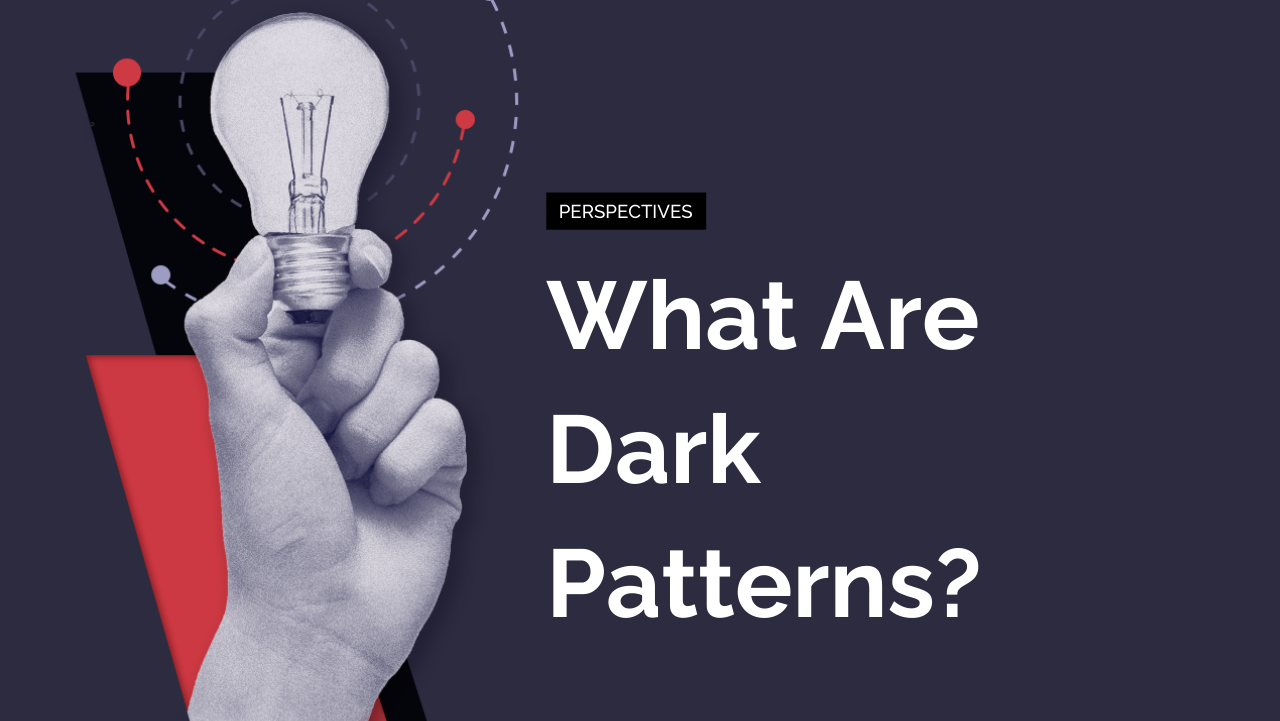
TEXT & CONTEXT: UNDERSTANDING DARK PATTERNS
A dark pattern refers to a design or user interface technique that is intentionally crafted to manipulate or deceive users into making certain choices or taking specific actions that may not be in their best interest.
TEXT & CONTEXT: UNDERSTANDING DARK PATTERNS
A dark pattern refers to a design or user interface technique that is intentionally crafted to manipulate or deceive users into making certain choices or taking specific actions that may not be in their best interest.
Harry Brignull, a user experience researcher in U.K., introduced the phrase in 2010 to characterize deceptive strategies used to trick clients. For eg. Many of us have received pop-up requests for our personal information where we have found it difficult to locate the reject link. By using such dark patterns, digital platforms infringe on the consumer's right to full transparency of the services they use and control over their browsing experience.
Businesses are using various techniques and deceptive patterns for their own advantage, such as advertising one product or service but delivering another, known as the bait and switch technique; hidden costs where the bill is revised or costs are added at purchase point; creating a sense of scarcity while shopping, among others.
Such patterns are prohibited under the Consumer Protection Act 2019.
Many believe that the use of dark patterns is a business strategy. The legality of such patterns is a complex matter as distinguishing between manipulation and fraudulent intent can be challenging.
Many international authorities are formulating rules to address the issue. In India, the Department of Consumer Affairs and the Advertising Standards Council of India have recently taken up steps to handle the same. However, with the growing use of e-platforms, a robut legal mechanism is a demand. New rules aimed against deceptive design practices need to be introduced along with updated consumer protection laws and data protection legislation.
